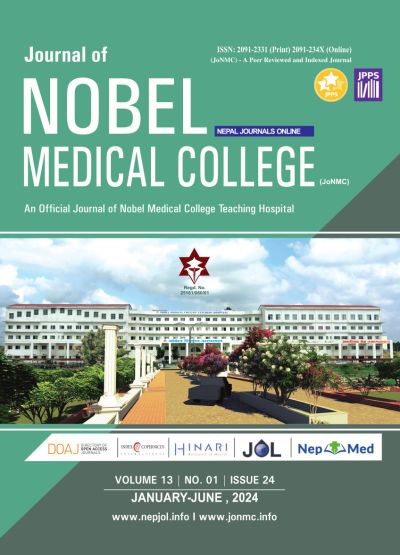Residual Risk of Atherosclerotic Cardiovascular Disease; Is It Possible to Eradicate?
DOI:
https://doi.org/10.3126/jonmc.v13i1.68074Keywords:
Atherosclerosis, Cardiovascular disease, DeathAbstract
Atherosclerosis Cardiovascular disease (ASCVD) remains the number one causes of death and disability worldwide. Treatment of major traditional risk factors, including low density lipoprotein–cholesterol, smoking cessation, controlling hypertension and diabetes, enhancing physical exercise etc. are the important measures of atherosclerotic risk reduction. An LDL centric approach to risk reduction, namely with statin for decades and proprotein convertase subtilisin/kexin type 9 inhibitor (PCSK9i) recently have served as the foundation of primary and secondary prevention and have led to significant improvement in cardiovascular outcome. However, a significant goal directed medically treated (GDMT) patients remain at a significantly elevated risk of having a major cardiovascular event that still remains unsolved. This is commonly referred to as residual risk. Beyond traditional risk factors, other drivers of residual risk have been postulated, these includes inflammatory, pro-thrombotic and metabolic factors.
Downloads
Downloads
Published
How to Cite
Issue
Section
License

This work is licensed under a Creative Commons Attribution 4.0 International License.
JoNMC applies the Creative Commons Attribution (CC BY) license to works we publish. Under this license, authors retain ownership of the copyright for their content, but they allow anyone to download, reuse, reprint, modify, distribute and/or copy the content as long as the original authors and source are cited.




